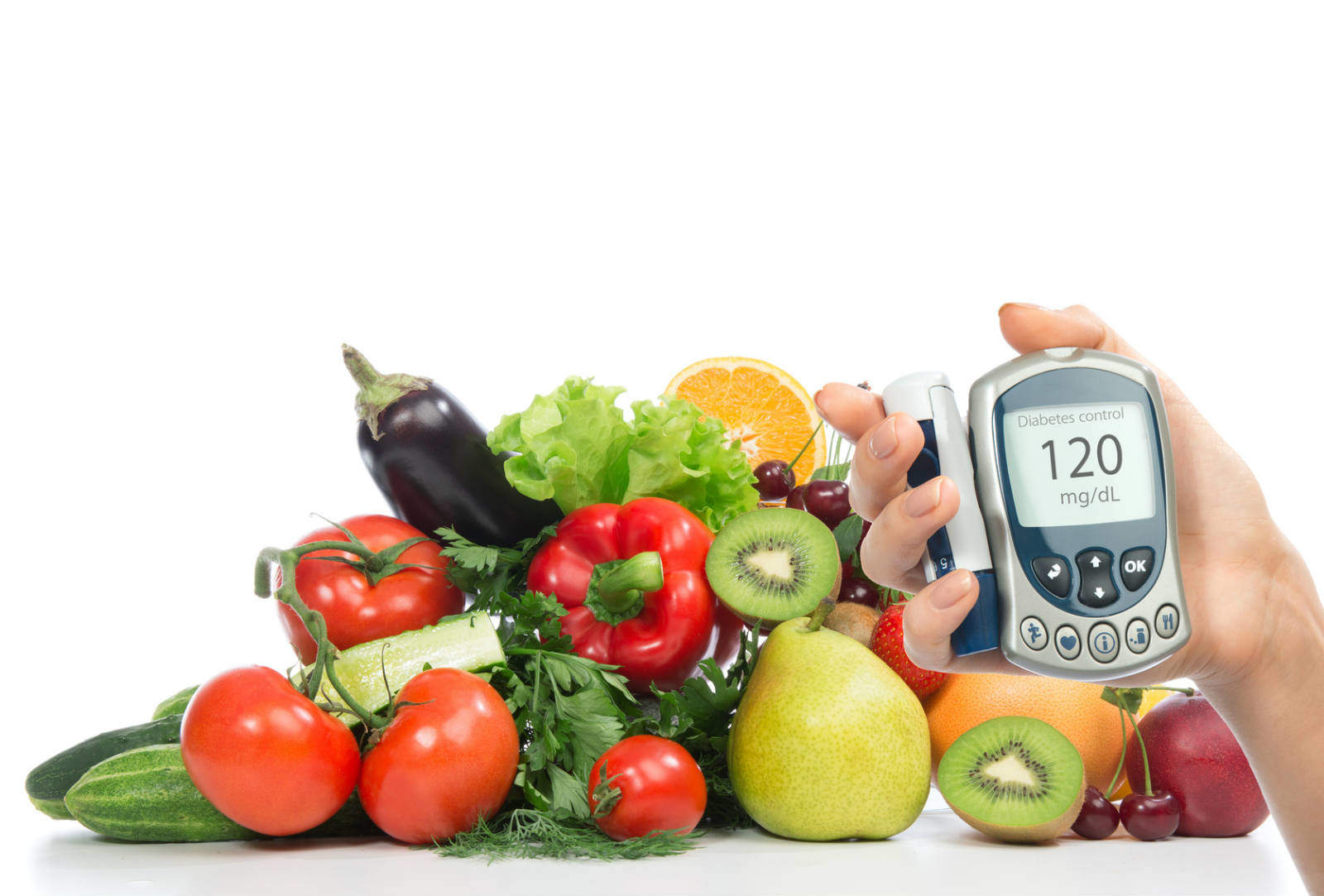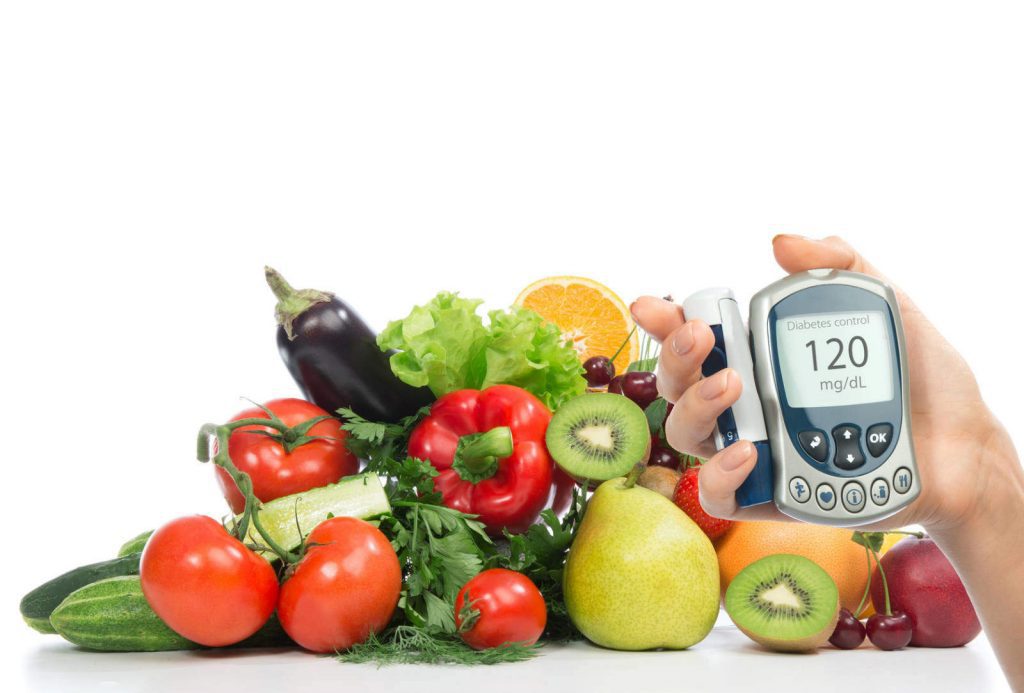It is not possible to arrive at a general and optimal meal plan or diet for a diabetic patient. This is because the amount of proteins, fats, and carbohydrates need to be customized, according to the metabolic condition of the person.
This includes the weight loss considerations, blood pressure, lipid levels and renal function as well as food preferences. Although the blood sugar levels are not affected by fat and protein in food, they add up the calories consumed. Since it is important to maintain a proper body weight, checking the calories consumed is important. Physicians’ assistants play a vital role in diabetic and other health care treatment. Here are some diet tips recommended by them.
Ideal diet
Diet with carbohydrates that are from vegetables, fruits, legumes, whole grains and milk low in fat is necessary. For proper blood glucose control, it is necessary to assess the blood sugar level and adjust the insulin required, while adhering to the diet. A meal that has low glycemic load and low glycemic index provides better benefit.
Diet types
Several diet patterns have been recommended for diabetic individuals such as vegetarian, Mediterranean, low carbohydrate and low fat. The diet should be based on the eating habit of the patient, as well as his or her preference as this will ensure better adherence to the prescription. Most often physicians’’ assistants know about the eating pattern and habits of patients from their history and devise the diet plan accordingly. You can find more info on physician assistant work environment to know the extent of their health care assistance.
Fat foods
The quality of fat is significant than the quantity you eat. Polyunsaturated and mono-saturated fats are considered protective. Cheese, butter, red meats, shortening and margarine contain Trans fats and saturated fats, which cause coronary heart disease, hence should be avoided. Instead, olive oil, fish, and nuts, which are rich in mono-saturated and poly-unsaturated fats, should be added to the diet in moderate amounts.
Cholesterol check
The total cholesterol allowed should be below 300 mg per day. Squid and shrimp, which have moderate cholesterol, can be added occasionally, but egg yolks and organ meats, which are high in cholesterol, should be avoided.
Protein inclusion
Protein should take up about 25 percent of the total amount of calories consumed. Lean meats, beans, eggs, fish, soy products, peas, nuts, seeds etc. should be taken instead of red meat.
Fiber
Fiber rich foods should be added to control the glucose levels in the blood and the level of glycated hemoglobin. Vegetables especially green vegetables, fruits and whole grains are rich in fiber.
Salt intake
The amount of sodium allowed in the diet is below 2300 mg in a day. For patients with heart failure in addition to diabetes, the sodium levels should be reduced further in the diet. Dairy products low in fat, vegetables and fruits along with low sodium diet help to control the blood pressure.
Artificial sweeteners such as aspartame, saccharin, neotame, sucralose, and acesulfame-K should be taken in moderation. Candies and gum contain sugar alcohols, which lead to gas, diarrhea, and cramping in diabetics, and hence should be avoided in excess. A good diabetic diet is one that keeps the glycemic index low, controls the blood glucose, cholesterol, and blood pressure levels, and keeps the weight in check.


